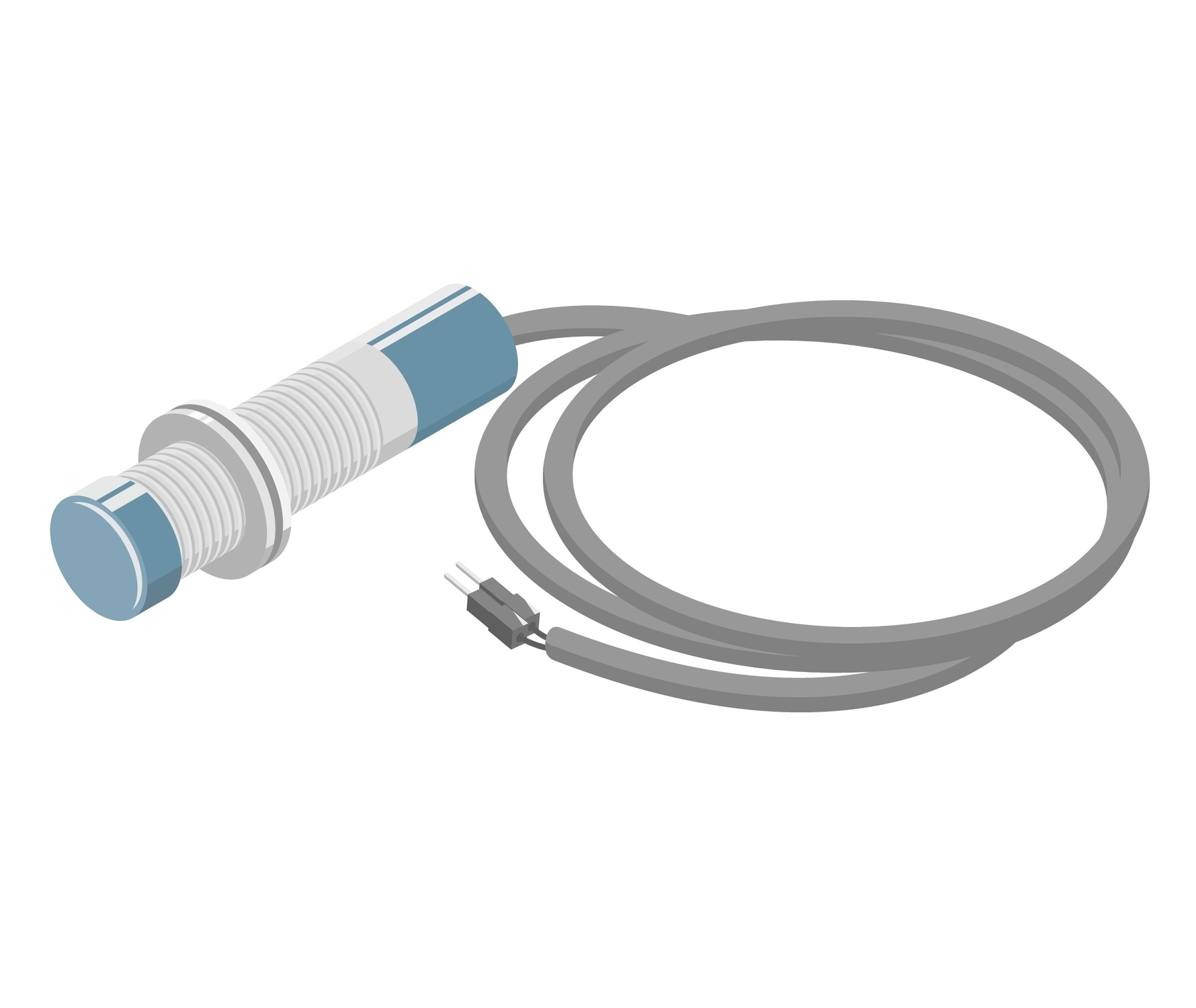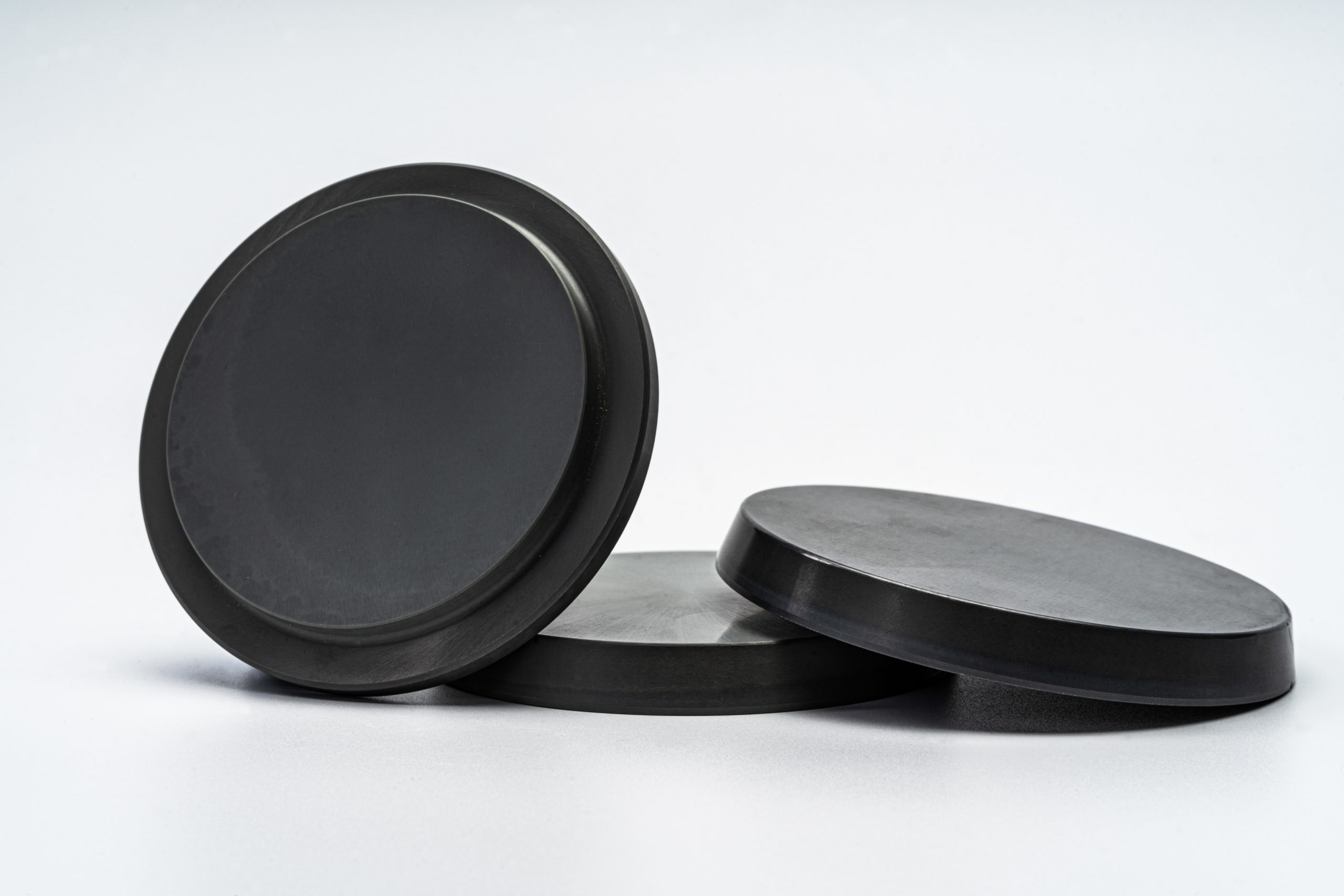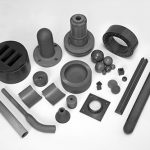Silicon nitride and alumina are advanced ceramic materials frequently used to produce faceplates in the aerospace, automotive, and electronics industries. Faceplates, often called technical ceramic plates, are crucial and common as they are the outer layer of a component designed to protect the internal structure from abrasive media, corrosive environments, or extreme temperatures. Their secondary function is to provide insulation and help regulate the temperature within a device or component. Throughout this blog post, we will look at the similarities and differences between silicon nitride and alumina and why they are suitable for engineering faceplates.

Typical electronic proximity sensor. Image Credit: Shutterstock.
Electronic Encapsulation
Electronic encapsulation is crucial in many manufacturing applications as it involves protecting electronic components from environmental factors such as dust, heat and moisture. This is conducted by fitting a protective material over a device or component, such as a faceplate, to eliminate the risk of damage or malfunction but also to provide additional resistance to harsh chemicals, physical shock or thermal fluctuations.
Silicon Nitride
Silicon nitride (Si₃N₄) is a ceramic material commonly used for its outstanding mechanical and thermal properties and high strength-to-weight ratio. It is an excellent material for a wide range of applications, especially those which require durability, high strength, and high performance, such as electronic encapsulation faceplates. These properties are beneficial for protecting electronic devices, which often experience high usage and are commonly impacted by wear and tear.
Another reason for using silicon nitride in faceplates is its excellent electrical insulation and low thermal expansion, enabling it to withstand high temperatures without damaging the component. Silicon nitride faceplates are often used in integrated circuits, MEMS devices and sensors as they offer outstanding protection against harsh environmental factors, chemicals and shock.

Sialon protective faceplates. Image Credit: International Syalons (Newcastle) Ltd.
Alumina
Alumina, or aluminum oxide (Al₂O₃), has many benefits similar to silicon nitride. However, its key advantages are it is a cost-effective material that is easy to manufacture. This material offers high thermal conductivity and electrical insulation and is highly versatile, as ceramic engineers can modify its chemical and thermochemical properties with various additives and bonding techniques. These benefits enable its use in a wide range of applications, including faceplates in electronic encapsulation.
Comparing Silicon Nitride and Alumina
Both ceramic materials have outstanding properties that make them suitable for manufacturing protective faceplates, but let’s take a look at what sets them apart from each other. When choosing between these two ceramics, the intended faceplate application must be considered in terms of cost, manufacturing process, component requirements, and temperature, to name a few. If cost is a priority, alumina is a better option as it is easier and more cost-effective to produce, whereas the manufacturing process for silicon nitride is more complex, which leads to higher production costs.
On the other hand, the properties of silicon nitride make it a better option for more demanding environments in which alumina would not survive, such as high-temperature or high impact applications where silicon nitride is often preferred due to its high strength and low thermal expansion, meaning it has a high resistance to cracking under impact or stress.
To summarise:
- Demanding environments: Silicon Nitride
- Cost-effective: Alumina
- High-temperature applications: Silicon Nitride
- Simpler manufacturing process: Alumina
As you can see, both ceramic materials offer excellent properties that can benefit electronic encapsulation. The more suitable choice is down to the specific application and the user, as certain factors will influence the cost and properties of each material.
International Syalons
International Syalons is one of the UK’s leading technical ceramic suppliers that focuses on solving corrosion, thermal resistance, and wear problems across a range of industrial markets. We offer a wide selection of sialon and silicon nitride products, primarily but also advanced alumina, zirconia, and silicon carbide ceramics.
Contact a member of International Syalons today for more information on silicon nitride properties and how they benefit faceplates for electronic components and devices.


